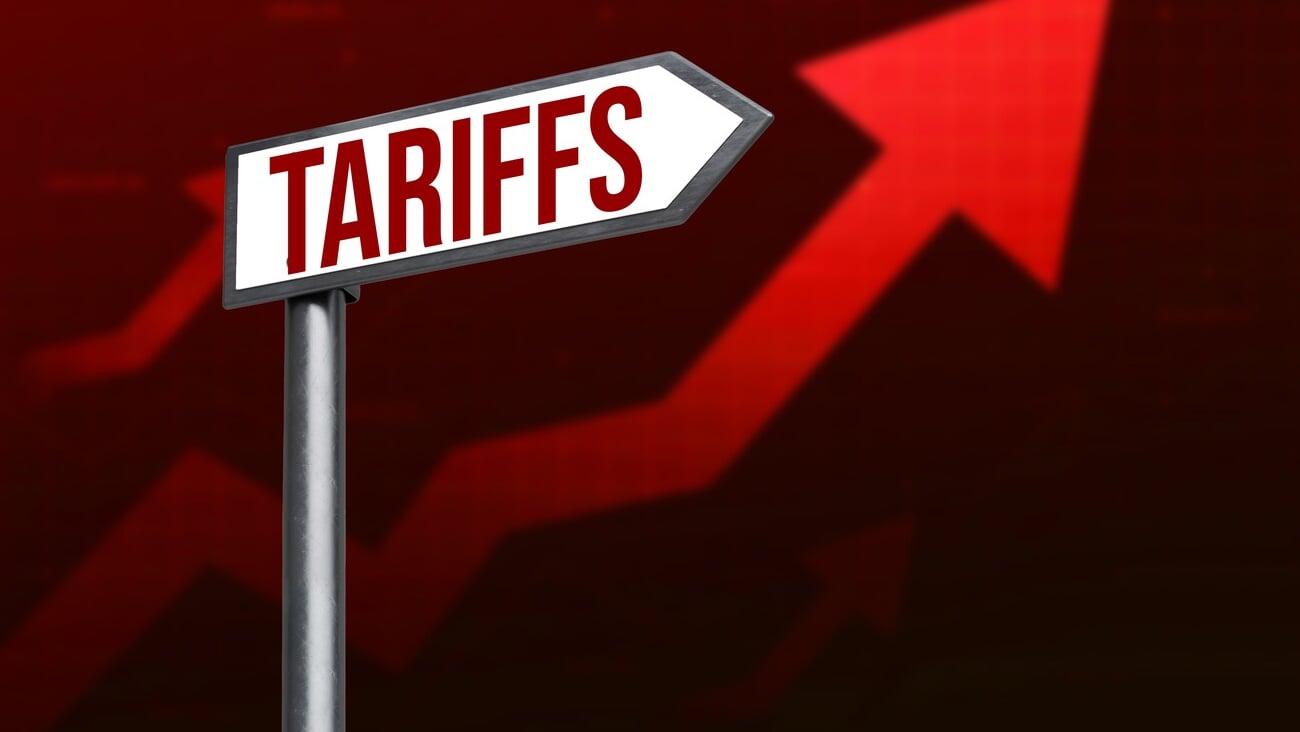Portfolio Software Brings New Level of Business IQ to C-Suite
A retail reckoning was on the way in the United States even before COVID-19. Conservative estimates said we had 50% more retail space than we needed. Mall vacancy rates were at a seven-year high by 2018, and many of us felt some nostalgic pain as legacy brands from our youth lost relevance.
Many retailers were barely hanging onto their brick-and-mortar space — and then the pandemic sent them plunging over the precipice. With some commercial real estate spaces going dark temporarily and vacancies on the rise, landlords and tenants found themselves at odds about lease agreements, rent payments, insurance, and other matters that weren’t on anyone’s radar just a few weeks earlier.
In the past 18 months, tenants have learned more about what’s inside their leases and other agreements than they ever knew before. They dusted off paper documents and read all the buried clauses. Now that we’re in a period of assessment and rebuilding, it’s a great time to migrate all that data into a cloud-based location-management system that keeps everyone on the same page.
Here are five reasons why it’s time to make the change.
A long-time multi-location retail operator told me, “The only reason you ever need to pull out a lease document is that you have a problem.”
Maybe there’s a “go dark” provision or “landlord responsibility” issue you need to escalate. Or you forgot that your pre-negotiated lease rate changes to onerous market rents because you missed a date. Huge financial risks are hiding throughout a lease agreement. Unfortunately, those problems pop up more often than people realize.
These problems aren’t obvious, but they’re hard-hitting. COVID revealed the reality that team members regularly refer to leases and other time-sensitive contracts such as warranties, business licenses, and franchise agreements. Once teams scattered and no one had access to file cabinets or those ubiquitous “banker’s boxes” that stack up in dusty corners, it got a lot harder for everyone to do their job.
Despite all the talk about the digital world delivering a paperless office, it’s clear now that many still operate the way they did before the advent of cloud-based apps and mobile devices. If that sounds familiar, take the leap and stop relying on offline, manual systems and protocols.
4. Get Visibility Through Abstraction
When you look at enough commercial real estate leases, you realize they are primarily boilerplate documents. But while they all seem to have the same bones, the devil is in the details.
Good lease abstracting gives you better visibility of the fine print in those contracts.
In early 2020, tenants who weren’t previously familiar with “force majeure” suddenly got interested in those provisions. But what many folks didn’t realize is that contracts may have a clause addressing continued rent payments even if terms such as “force majeure” or “acts of God” don’t appear in the document.
Most often, it's the brokers and landlords negotiating details in lease clauses, and that's where time bombs may lurk for an unprepared business owner. The costs of missed renewal options are apparent, but that's not the only deadline that involves real money.
Other pitfalls include:
- Missed tenant improvement reimbursement deadlines;
- Personal guarantees that persist long after your business sells; and
- A landlord's ability to stop a sale because you missed a notice date.
You should also be aware of any provision that calls out events beyond the control of the contracting parties. That language might appear in the “miscellaneous” or “general” provisions. By selecting portfolio-management software that includes lease abstracting, you’ll get that type of high-level insight in a simple, quick-access interface.
3. Implement a Location-Based CRM
Even in good times, business owners and executives are often spread too thin. But when you layer unforeseen circumstances on top of the typical madness, it can be overwhelming.
In addition to typical operational and cash-flow concerns, operators had a heightened responsibility to protect employees, customers, and partners during the COVID-19 outbreak. That required an extraordinary level of communication and coordination.
If you’ve cobbled together a disparate collection of email platforms, contact lists, and address books over the years, then you’re adding friction to the communication process. Purpose-built location-management software solves the problem by serving as the sole source of truth for all contact information.
Imagine trying to schedule HVAC service for all your Wisconsin locations to ensure proper air filtration. Your director of operations has different service providers in Milwaukee, Madison, and Green Bay — but the area managers have no idea which vendor serves which region.
Location-management software solves the problem by grouping contact info by unit. All the internal and external team members associated with a store are linked to the location and easily accessible.
Zoom. Microsoft Teams. Google Meet.
Thanks to those platforms, the webcam became our doorway into the conference room during quarantine. But getting together for those virtual meetings is only half the battle. After the strategy session wraps, it’s time for everyone to roll up their sleeves and dig into the actual work.
That means sharing documents, providing access to data, and pointing team members to where they can find the information they need. Many enterprise-grade collaboration systems are bloated, complex, and intimidating to anyone without an engineering degree. So, when selecting a portfolio-management platform, evaluate the user experience and favor intuitive systems with a friendly user interface.
There’s no reason a B2B app can’t be as intuitive as LinkedIn, Airbnb, Uber, or any other consumer app your employees use every day. By implementing software that’s approachable and inviting, you create a more inclusive tech stack that makes everyone feel welcome and capable of participating.
For a variety of reasons, teams seem to be getting smaller even as workloads increase. Efficiency is on everyone’s mind. Technology can fill in the gaps, helping you get more done and even expand operations. But that means taking stock of your needs and understanding how a technology investment will affect the business.
A common mistake many companies make is getting wowed by an impressive, feature-rich software demo before building out their business case.
Do you need a large-scale platform with a staffing module and marketing tools?
Are you looking for an integrated accounting solution with advanced functionality, or are you better off with a dedicated location-management system that easily integrates with your existing accounting package?
Select the right tool for the job, and you’ll be able to achieve the efficiencies you need without creating more work with technology that requires regular care and feeding.
When you’re focused on sales, customer experience and innovation, it’s inefficient to spend time worrying about the real estate side of things. Streamline your operation by consolidating all the dates, documents, and data in one easily accessible, cloud-based location.
The entire organization can benefit when you find the right location-management platform for your needs. You'll get everyone on the same page with reminders and 24x7 access to everything they need — ensuring success today and into the future.
Taj Adhav is co-founder and CEO at Leasecake, a location-management platform for tenants, landlords, and brokers who operate multiple locations with a distributed team.






